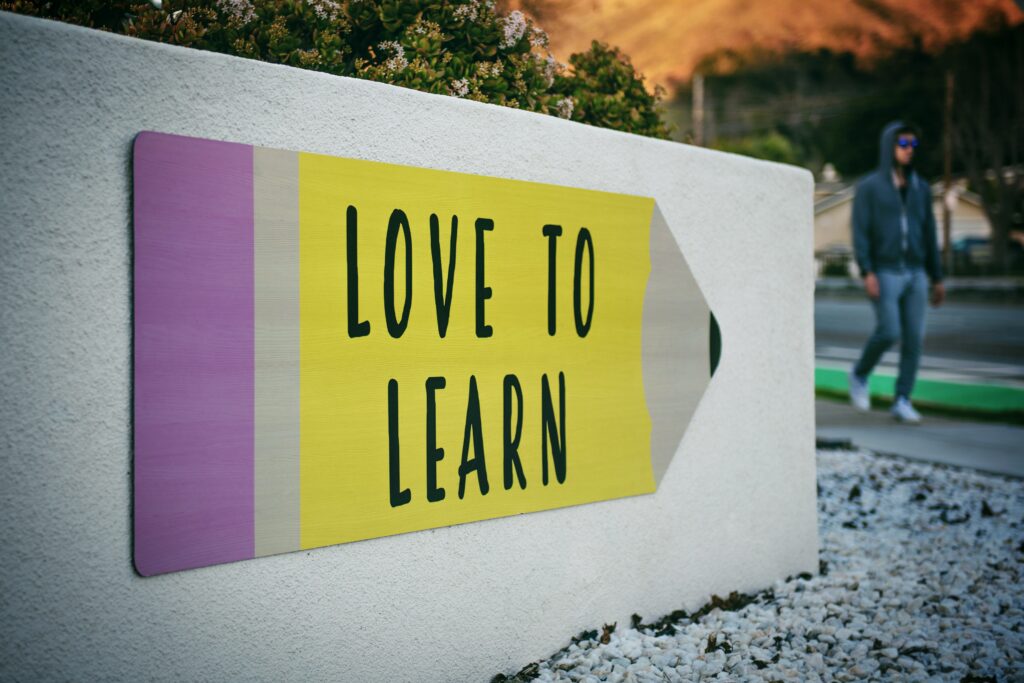The video I found related to my group’s Interactive Learning Resource is an introduction to programming video. It fits in well with our learning resource because it provides a good overview of our topic and eases learners into programmatic ideas and some vocabulary used throughout the course.
What kind of interaction would the video require from your students? Does it force them to respond in some way (inherent)?
The video by itself doesn’t contain any inherent activities which are defined by Bates as being “inherently ‘active’ in that they ‘push’ learners to respond” (2019). But our Interactive Learning Resource is behaviourist, so we plan to have an inherently interactive task with each subtopic within our curriculum, which would be in the form of an automated quiz.
In what way are they likely to respond to the video on their own, e.g. make notes, do an activity, think about the topic (learner-generated)?
Depending on each learner’s preferred learning styles and note-taking habits, they would respond to the video differently. Since the learners would know that there is an assessment in the form of a quiz at the end, the hope is that learners would interact with the video by taking notes. This could almost be seen as a form of “deliberate design to encourage reflection” (Bates, 2019). On the other hand, since our learning design is focused on a behavioural approach we don’t expect the learner to have their own independent interpretation of the materials.

How would students get feedback on the activity that you set? What medium or technology would they and/or you use for getting and giving feedback on their activity?
We plan to use Google Forms to create student assessments, which come after each subtopic. With Google Forms, we can give students automatic feedback on their assessments and analyze trends in student response data to see what is working and what could use improvement (How to use Google Forms, 2023). This fits under the “Learner/Instructor” Assessment for Interaction section of this week’s reading.
How much work for you would that activity cause? Would the work be both manageable and worthwhile? Could the activity be scaled for larger numbers of students?
Using Google Forms for assessments is very straightforward to implement after the initial hurdle of creating the quiz for students. It also scales very well because we can have an almost unlimited amount of students able to participate in the assessments and receive feedback on their progress in the course. Therefore, because of its reusability and scalability, Google Forms is a very worthwhile assessment option.
Sources:
Bates, A. (2019, October 10). 9.6 Interaction. Pressbooks. https://pressbooks.bccampus.ca/teachinginadigitalagev2/chapter/pedagogical-roles-for-text-audio-and-video/
How to use Google Forms. (2023). Google Docs Editor Help. Retrieved March 11, 2023, from https://support.google.com/docs/answer/6281888?hl=en









Recent Comments